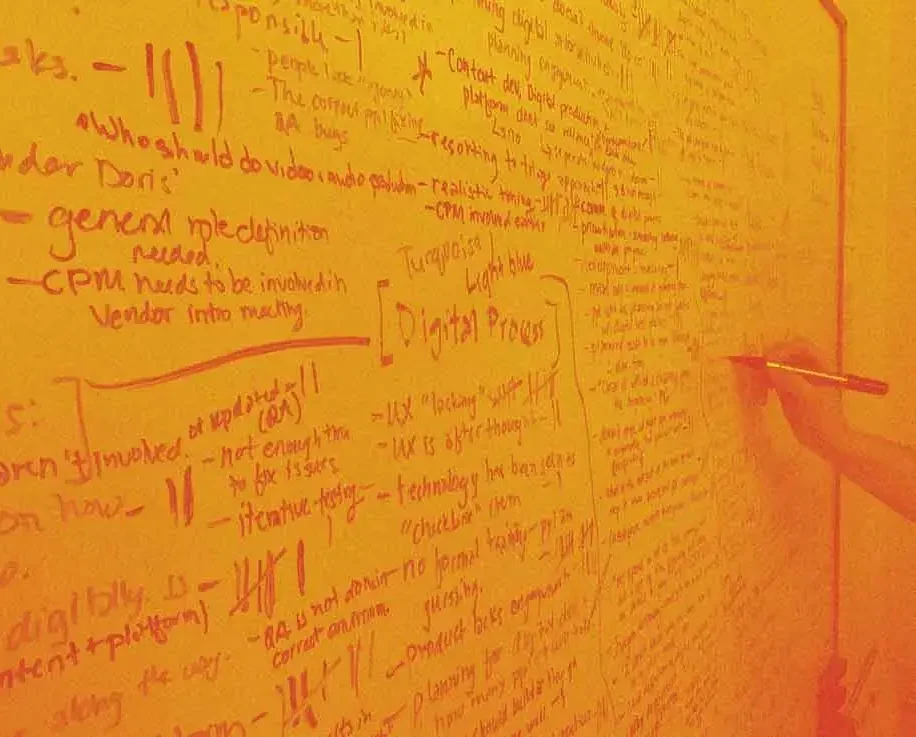Experience Design Services
Create inclusive, accessible experiences that build trust and inspire delight.

Design Experiences
People Love
People interact with your brand across many channels and touch points. Creating value along their journeys builds trust. Mightybytes offers a variety of strategic and inclusive experience design services to strengthen relationships while meeting your business goals.
Benefits
For You
Organizations that engage Mightybytes for experience design services can expect the following benefits.
Trust
Delightful experiences build trust, strengthen relationships, and can drive shared business value.
Risk
Researching and considering stakeholder needs significantly reduces risk to your organization.
Empathy
Understanding the material needs of stakeholders leads to better solutions.
Savings
Validating a product or feature’s viability, feasibility, and desirability saves time, money, and resources.
Our Experience Design Services
Mightybytes incorporates emerging best practices like W3C’s Web Sustainability Guidelines (WSGs) with established recommendations like the Web Content Accessibility Guidelines (WCAG) to design better digital experiences.
Good research and testing make the difference between a lackluster product, service, campaign, or program and one that exceeds expectations.
- When to use it: When your level of confidence about a stakeholder’s experience or a feature’s performance is low
- Deliverables: Qualitative interviews, quantitative testing, analysis, and strategy recommendations
- Timeline: varies from project to project, depending on many factors
Successful products organize content so people can quickly find what they need through testable information architecture practices.
- When to use it: in the early stages of a website redesign or product build
- Deliverables: data/content modeling and card sorting workshops, sitemap diagrams, navigation tree tests
- Timeline: typically one to several weeks, depending on content structure, taxonomy, and number of stakeholders involved
Chart a customer or user’s ideal path through your content based on pain points or barriers to task completion.
- When to use it: when you want to reduce user confusion or frustration during task flows
- Deliverables: current- and future-state journey maps, task flows, empathy maps, affinity diagrams, and service blueprints
- Timeline: varies from project to project based on scope
As page layout and asset inventory tools, wireframes help project stakeholders align on intuitive and easy to understand experience details.
- When to use it: create consensus on page layouts and assets needed prior to applying colors, typography, imagery, and so on
- Deliverables: low-fidelity wireframes (workshop), content and display patterns, high-fidelity wireframes,
- Timeline: varies based on project scope
Prototype features with real users to understand whether a planned journey might confuse or otherwise frustrate people you hope to reach.
- When to use it: in tandem with wireframes and journey maps to identify potential barriers when people attempt to accomplish tasks, especially if your level of confidence is low
- Deliverables: clickable interactive feature and page prototypes, user interaction test results
- Timeline: varies based on scope and intent of test
Intuitive, accessible, and brand-aligned visual interfaces instill trust and confidence. No website or product is successful without them.
- When to use it: typically after wireframes are approved
- Deliverables: style tiles, components and display patterns, design comps
- Timeline: varies greatly from project to project
Sometimes, immersing your team in the process of solving a specific problem is the best way forward. Design sprints couple that immersion with user testing scenarios to validate or refute your potential solution.
- When to use it: when consensus on the best solution to a problem is lacking or your team wants to make quick progress.
- Deliverables: research, problem-framing workshops, four-day sprint that includes a variety of the activities described above with stakeholder participation
- Timeline: at least four to six weeks
How our Experience Design Process Works
The best design solutions incorporate a variety of activities such as those described above in service of solving a specific problem.
Here’s how we design delightful experiences that people love to use.
Stakeholder Research
Conduct qualitative and/or quantitative research to better understand the problem we’re solving, who’s having it, and what the consequences might be if it went unsolved.
Collaboration & Co-Creation
Participatory design workshops and hands-on exercises help us close gaps, challenge assumptions, refine user interfaces, improve information architecture, and so on.
Iterative Testing
Conduct tests based on continuous learning to support people’s needs throughout their experience.
Continuous Improvement
Measure progress over time to provide insights and identify improvement opportunities.
Our Agency Methodology
Learn more details about Mightybytes’s proven, time-tested agency process.
Experience Design
Clients
Here are just a few of the many organizations we have worked with on experience design projects.




Our website serves many stakeholders around the world. With this project, the Mightybytes team helped us visualize how we might create a more meaningful user experience for each of them.
— Josh Luman | VP, Technology & Data | PCMA

An Experience Design Case Study
See our experience design services in action. This case study for PCMA, a global leader in business events, shows how personalization can drive more meaningful experiences that support both an organization’s business goals and its members’ needs.
Frequently Asked
Questions
Not sure how your team or organization might benefit from Mightybytes’ experience design services? Here are the five most common questions we receive.
It’s great that you know your customers or primary target users. Every organization should. However, participatory experience design brings multiple players into the process of aligning responsible business goals with broader stakeholder needs—including, but not limited to, customers or primary target users. This reduces risk and yields significantly better results.
While we believe that qualitative and quantitative research is best left to trained professionals, we also understand that some organizations may want to conduct user interviews, surveys, or other forms of research themselves to save time or money. If that’s your preference, we can help you define research protocols and testing heuristics while leaving the actual research to you and your team.
While a brand book or style guide is incredibly useful, Mightybytes asks for hands-on collaboration from our clients throughout strategy, design, and development processes. This helps us build better solutions, manage everyone’s expectations, and create consensus on the best path forward.
If you don’t have brand guidelines, we’re happy to work with you to co-create them. We can also run a brand workshop to align on the basic visual elements needed to deliver a great digital experience—such as typography, color palettes, icons, and so on.
Our process is based on topics explored in Tim Frick’s book, Designing for Sustainability: A Guide to Building Greener Digital Products and Services from O’Reilly Media. Given Mightybytes’s commitment to participatory design, our entire team is cross-trained on various experience design practices necessary to bring more sustainable digital products and services to life.
For projects heavy on UI and visual design, illustration, or animation, we work with a dedicated, strategic partner with whom we’ve collaborated since 2014.
Participatory design invites a variety of stakeholders into the design process. By expanding the co-creation process to include more diverse perspectives, we reduce risk and create significantly better solutions.
To operationalize our commitment, Mightybytes employs three Impact Business Models for accessibility, sustainability, and education. This guarantees that all deliverables comply with existing and emerging standards and that shared learning among stakeholders is prioritized throughout the process.
Why
Mightybytes?
27
Deeply Experienced
We have delivered hundreds of successful digital projects since opening our doors in 1998.
171.8
Responsible & Accountable
Our B Corp score of 171.8 reflects a strong commitment to transparency and accountability.
7
Small but Mighty
We're an experienced team dedicated to building trust through meaningful service.
4.5
Highly Rated
We have 4.5 star ratings on popular review platforms like Clutch and Google.
Dive Deeper into Experience Design
The UX design category on our blog features dozens of stories about how Mightybytes takes a more inclusive and accessible approach to experience design.
Still have Experience Design Questions?
Schedule a free strategy call with Tim.
